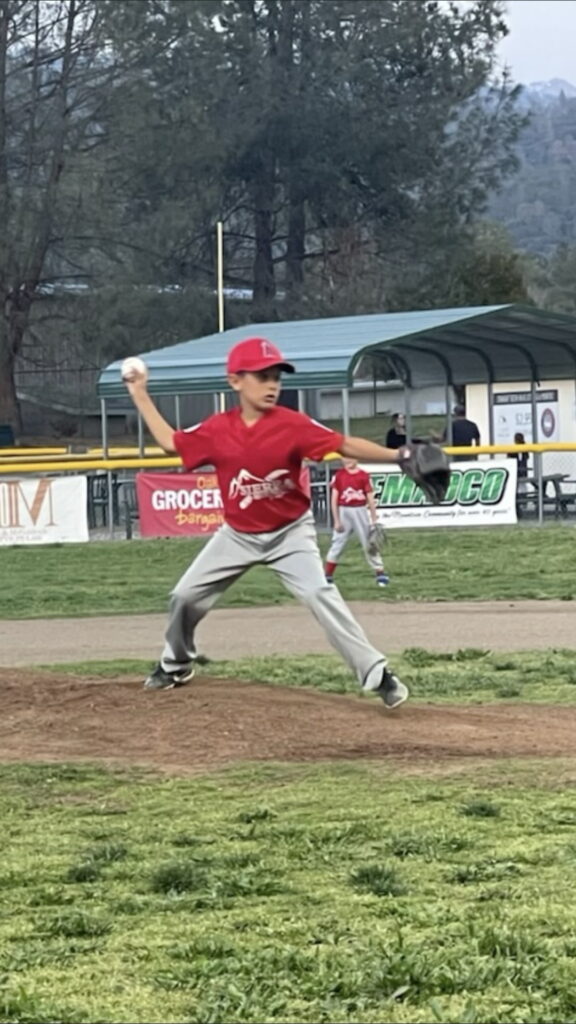- Yael Friedman
- Michael Murray
- Bob Bickford & Donnez Cardoza
- Camilla Taylor
- Susan Martin
- Michael Murray
- Yael Friedman
- Clare McCarthy
- Chris Robinson
- Craig Willms
- Elizabeth Tevlin
- Miguel Aragon
- Don Goldstein
- Craig Willms
- Kay Murcer
- Tony Martins
- Sophie Malleret
- Jordana Jacobs & Jake Cohen
- Yael Friedman
- Corwin Ericson
- Corwin Ericson
- Paul Ruta

Dear Ghost,
You said to me, once upon a time:
“I need more baseball.”
I didn’t need you to explain to me that baseball is really life expressed in patterns on green grass, so we all need more. Like ice cream, sometimes Opening Day isn’t quite enough. Not so long ago, I wrote about baseball and a blueberry moon:
Outside the window, clouds were strung like puka shells, lit by the moon. Sometimes the Goodyear blimp floated by, filming a night game at Dodger stadium. The boy asked once why it cruised their house, five miles away. His father told him the blimp circled; it had to keep moving, or the wind would take it.
Tonight, the sky stayed empty. The Los Angeles Dodgers were all asleep.
When I was tiny, I watched the blimp float by my bedroom window in Hollywood, and that’s exactly what my dad told me—sometimes things have to move, or the wind takes them. The slow craft seemed magical, fairy lights in a dark sky. Since then, baseball has been woven into the fabric of my life.
The green grass, the clean white uniforms, and the bat-ball-crowd sounds don’t change. The numbers and colors move by themselves, but always remain. The bat cracks and unleashes a kaleidoscope of motion, but the patterns are perfect. If you found yourself in the left-field bleachers at a game in 1930, you’d feel right at home.
You don’t even need to like baseball to love it.

Sometimes I think if I make Heaven, I’ll open my eyes and see moths fluttering around center field lights. A night game, summer breeze a little cool, and I’ll know exactly where I am. Home.
Dad took me to see Sandy Koufax pitch in 1964. I was barely out of diapers, so I only remember people jumping up and down, screaming. I don’t think I made any connection with whatever the distant players were doing, just that he had taken me somewhere people went crazy. Many years later, I sat in Dodger Stadium drinking a beer and marveling: I was right here with my pop when I was a toddler. I wondered where our seats had been, and if our ghosts still lingered.
When I turned nine and we moved to hockey country, baseball was a way of being homesick for the States, a way to have a thing I liked that my friends didn’t understand. My bedroom walls and notebook doodles were all about the Red Sox. I held an equal, horrified fascination for their nemeses in New York.
1978: Carl Yastrzemski popped out to Graig Nettles to complete a historic, stunning, Red Sox collapse—a sure pennant, lost on the very last day of the season. I was barely old enough to drive by then, piloting an ancient green Fiat bought with lifeguarding money. I listened to the game on my junky car radio. As the pinstripes poured out of their dugout, I pulled over to the shoulder and put my head down on the steering wheel.
My mom had died a few months before, and I hadn’t cried. The damn Yankees gave me an excuse to finally let go and weep.
All the love, and all the loss. Baseball has ever been woven into the fabric of my life.
Hot dogs and beer, voices on the radio, white uniforms, soaring lights. We all muddle through without a program. Baseball is about knowing that you’re only here for a little while, but the game—the snap of ball against leather, the warm air, and the green, green grass—is eternal. I see too many ghosts saying too many different things to be sure of anything, but I’m sure of always.
They say nobody plays forever, Ghost —but everybody does.

Donnez Cardoza & Bob Bickford
Donnez Cardoza is a Honolulu visual artist, the photographic collaborator on the Dear Ghost trilogy. She loves puzzles and runs on dark beaches with her dogs, Bubbuh and the Mongrel.
Bob Bickford has spent his life haunting peculiar corners of the United States and Canada. He is the kahu of fourteen novels, two Great Danes, and one Kid. He is often tired and crabby.
